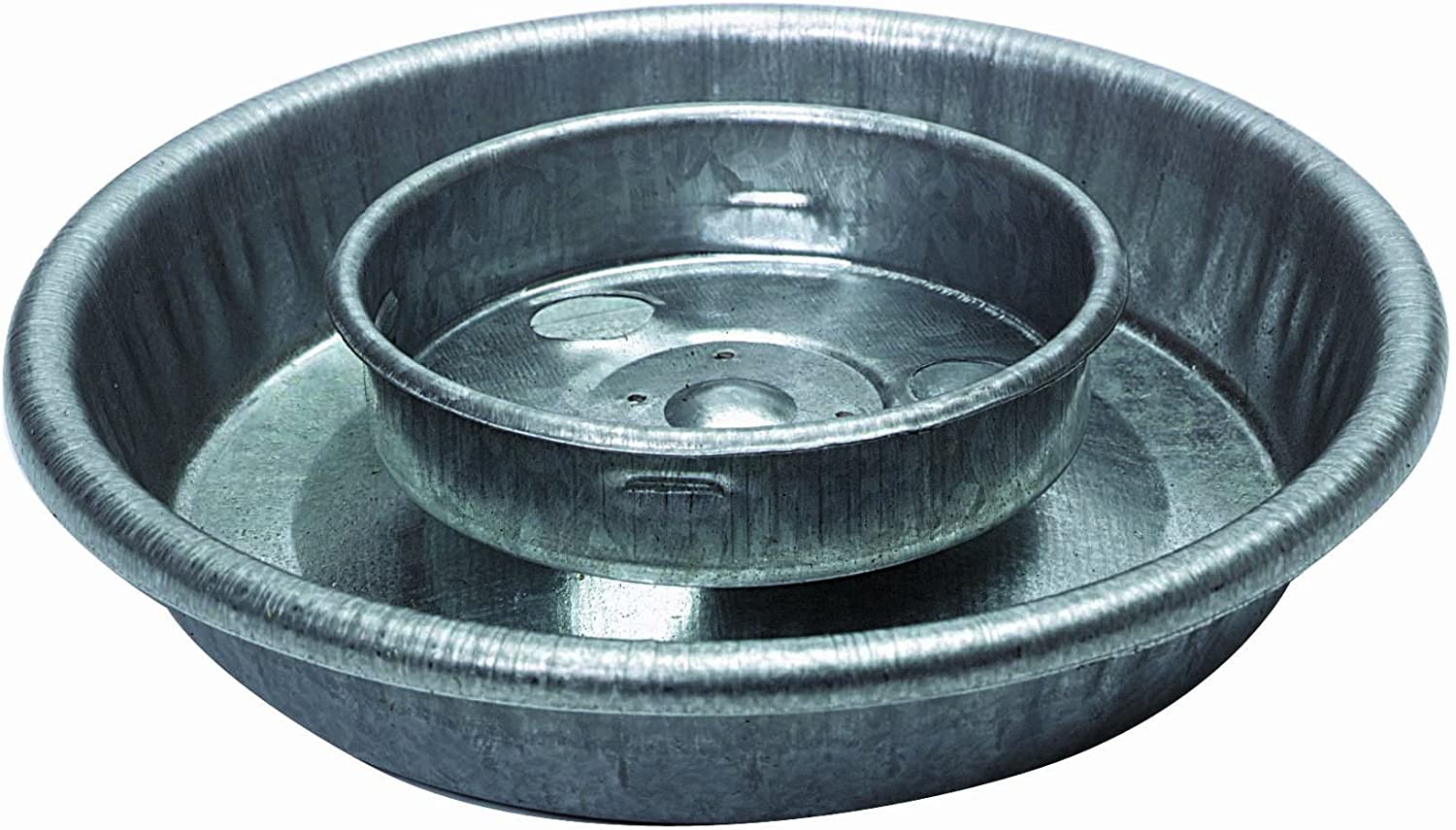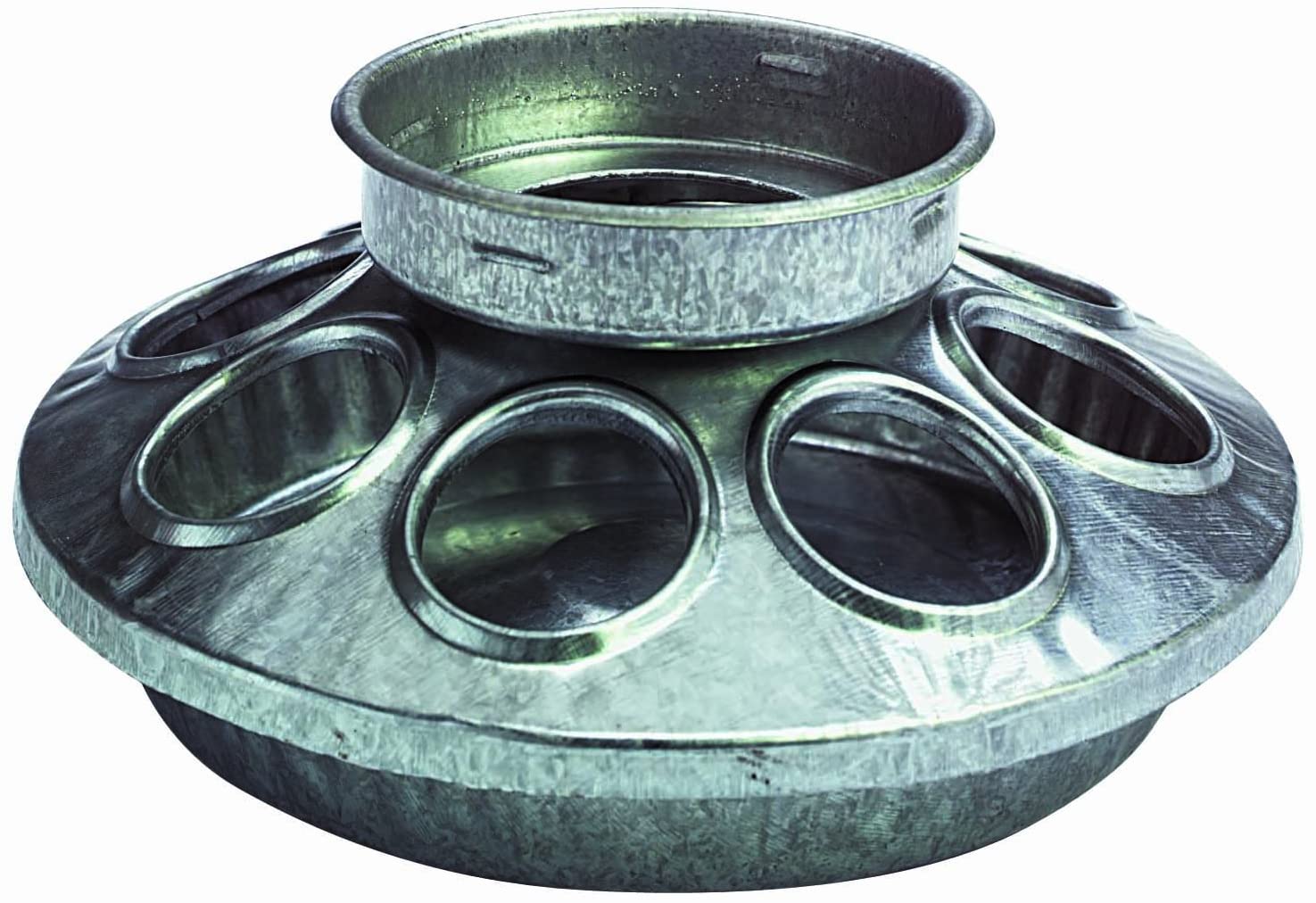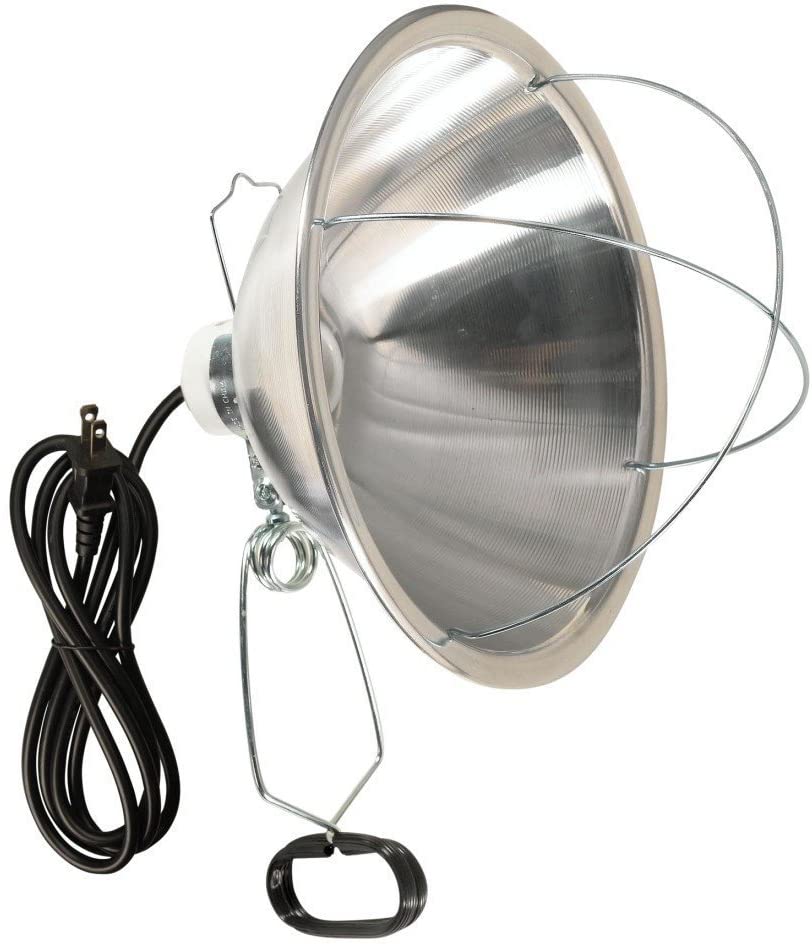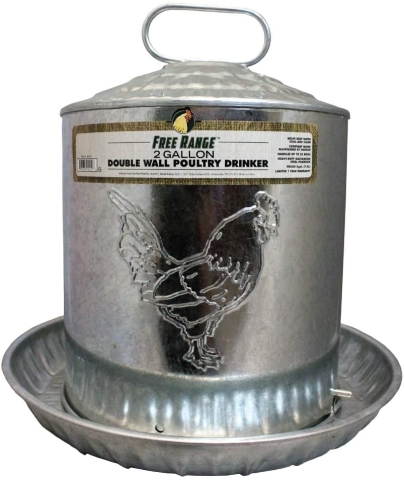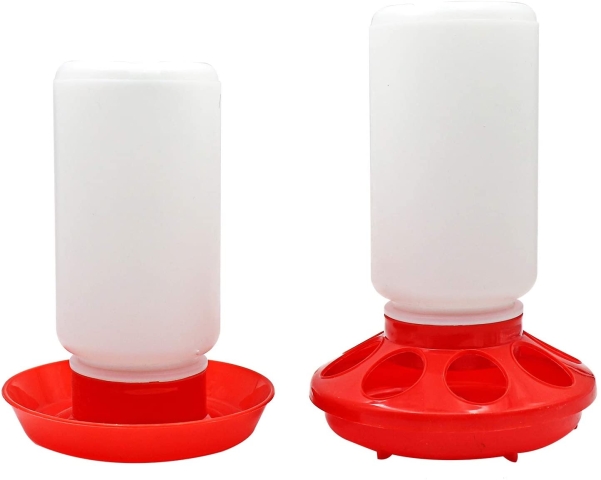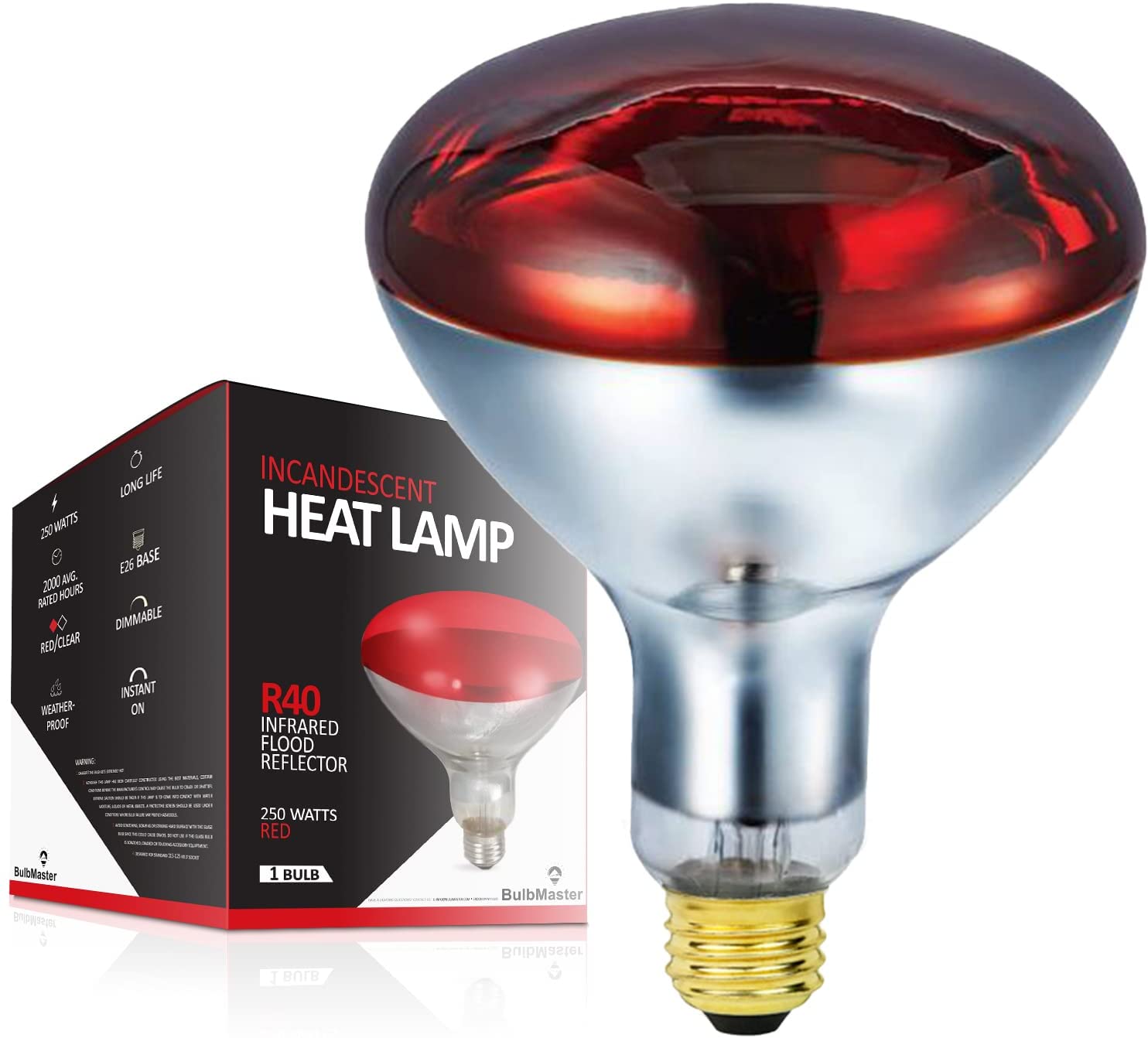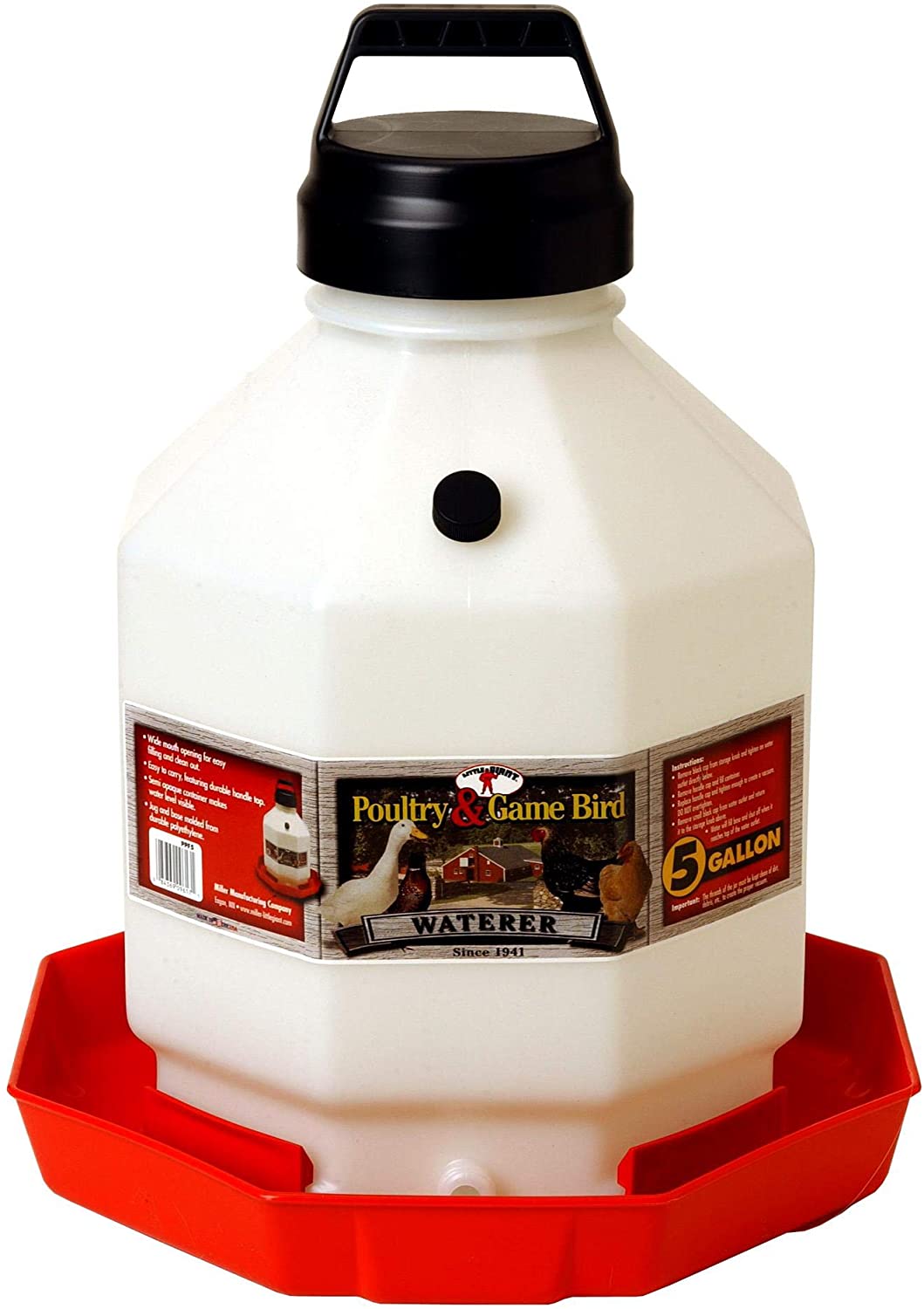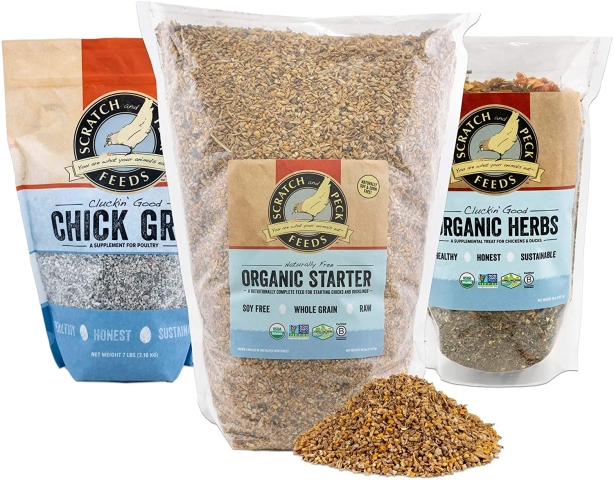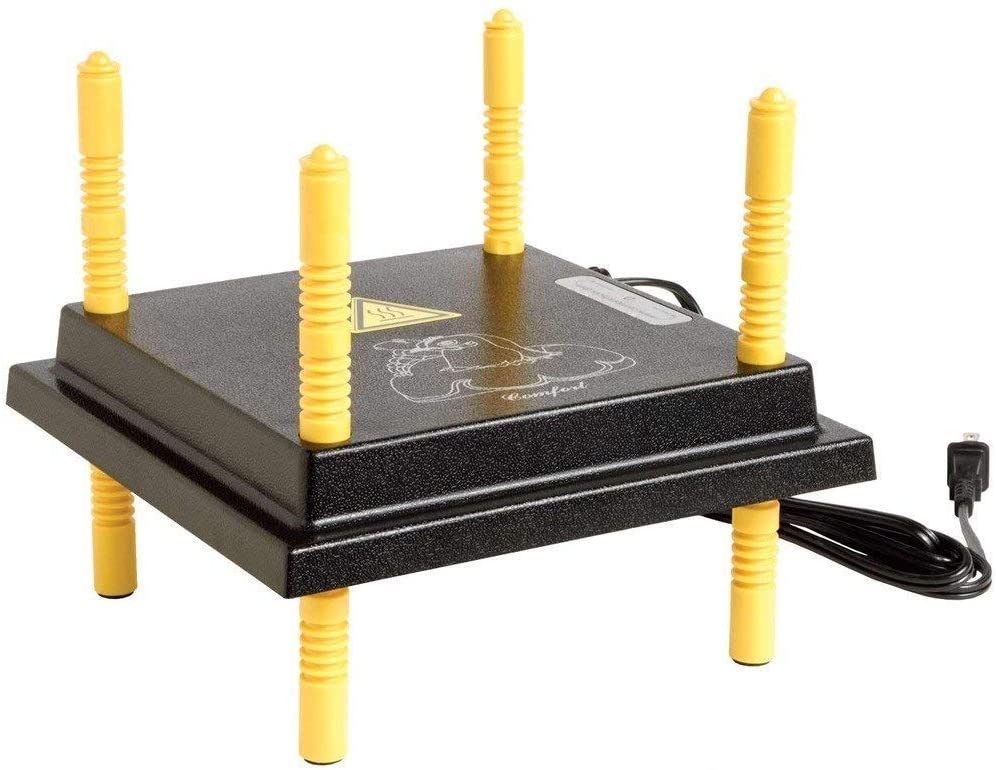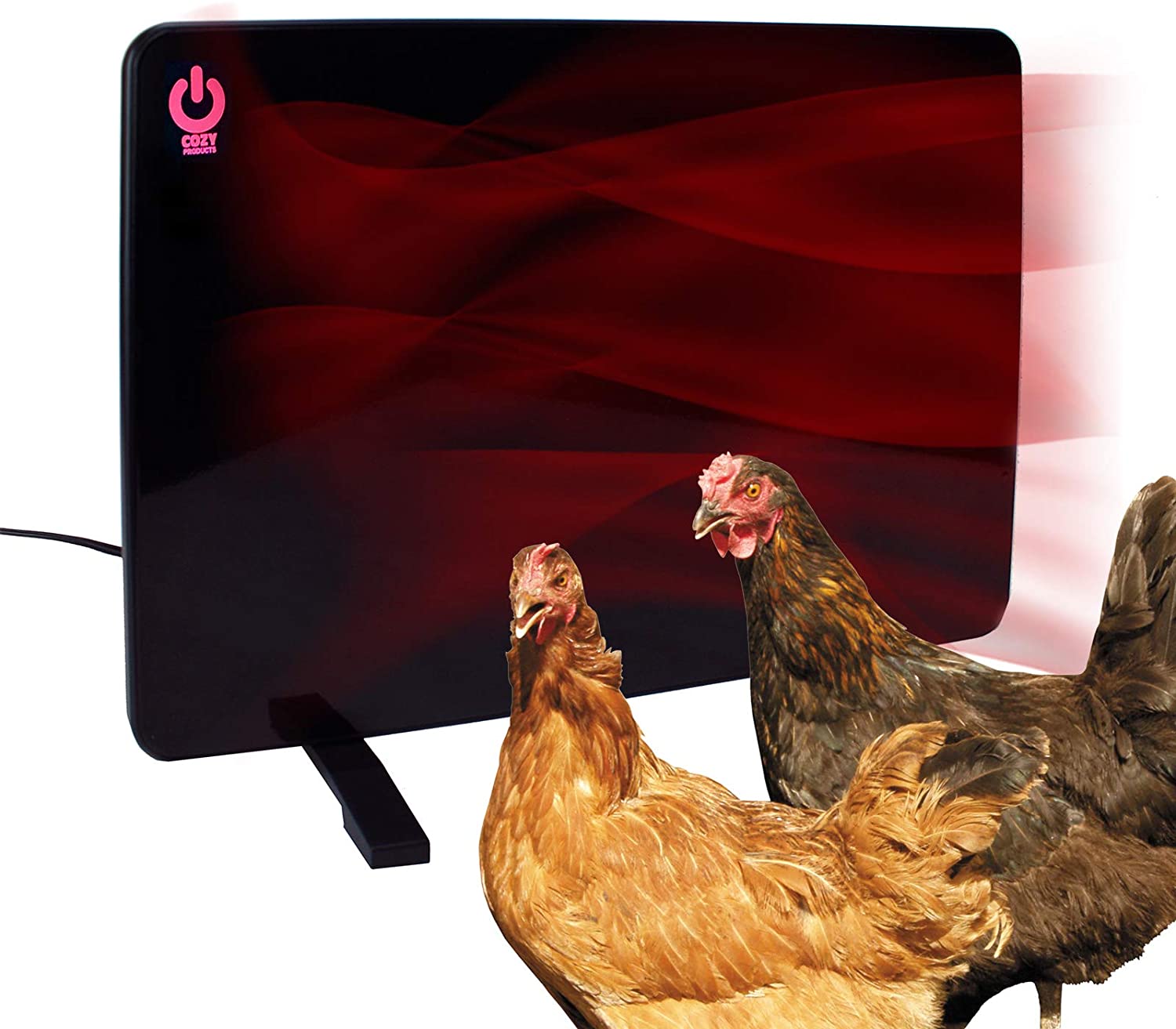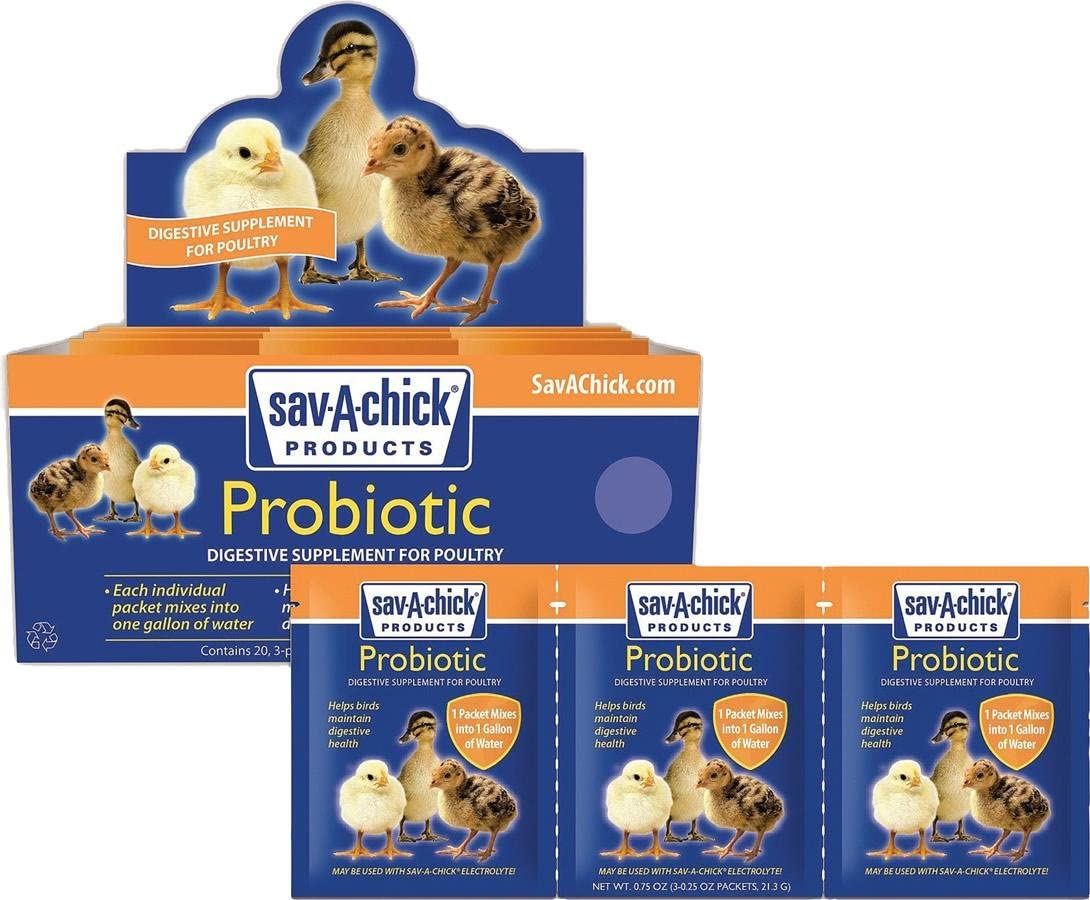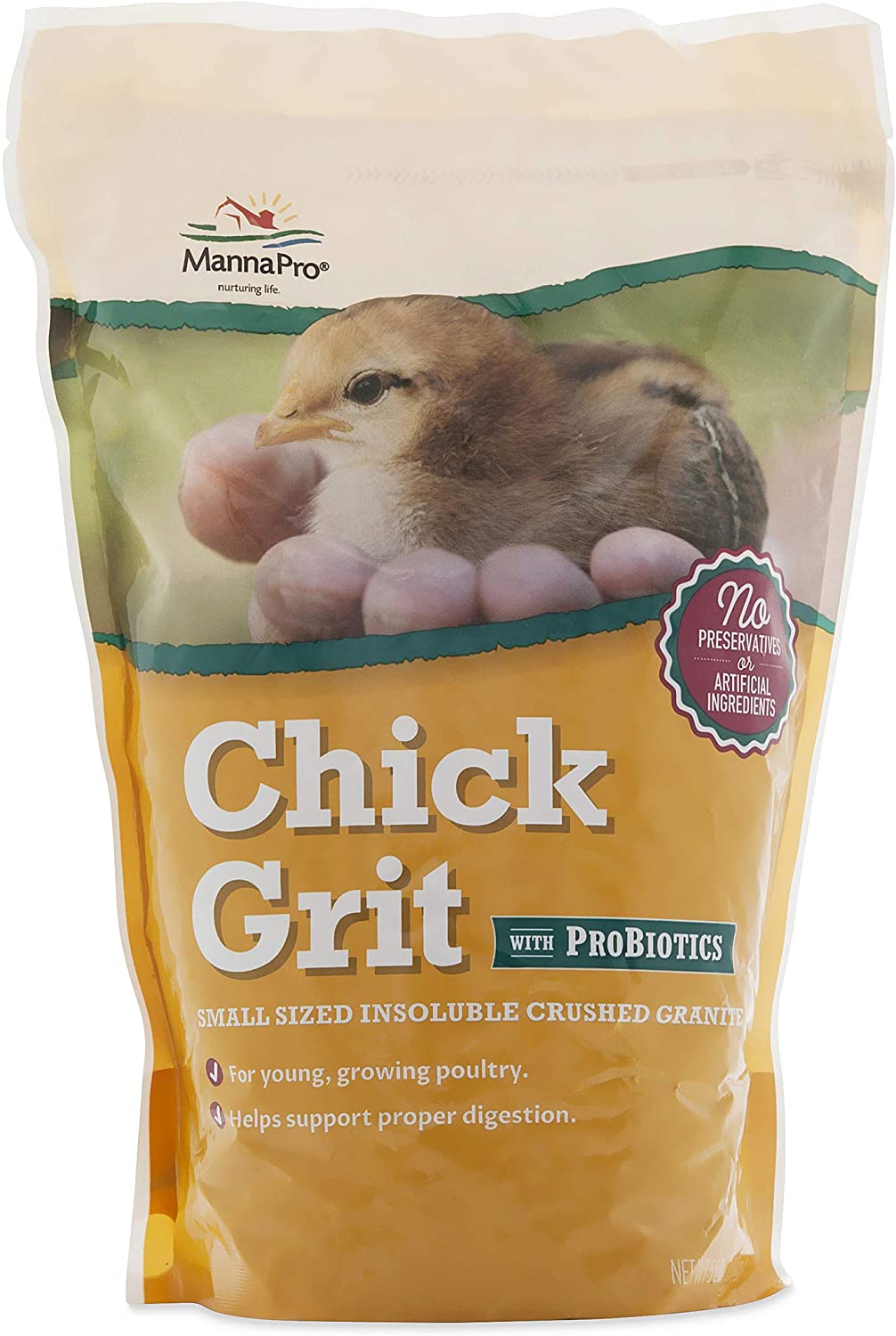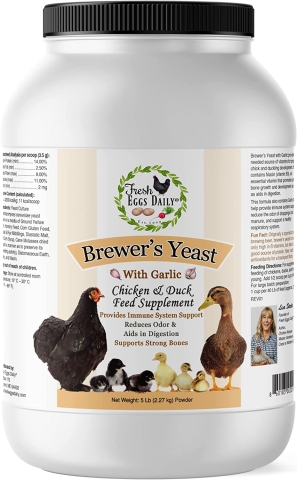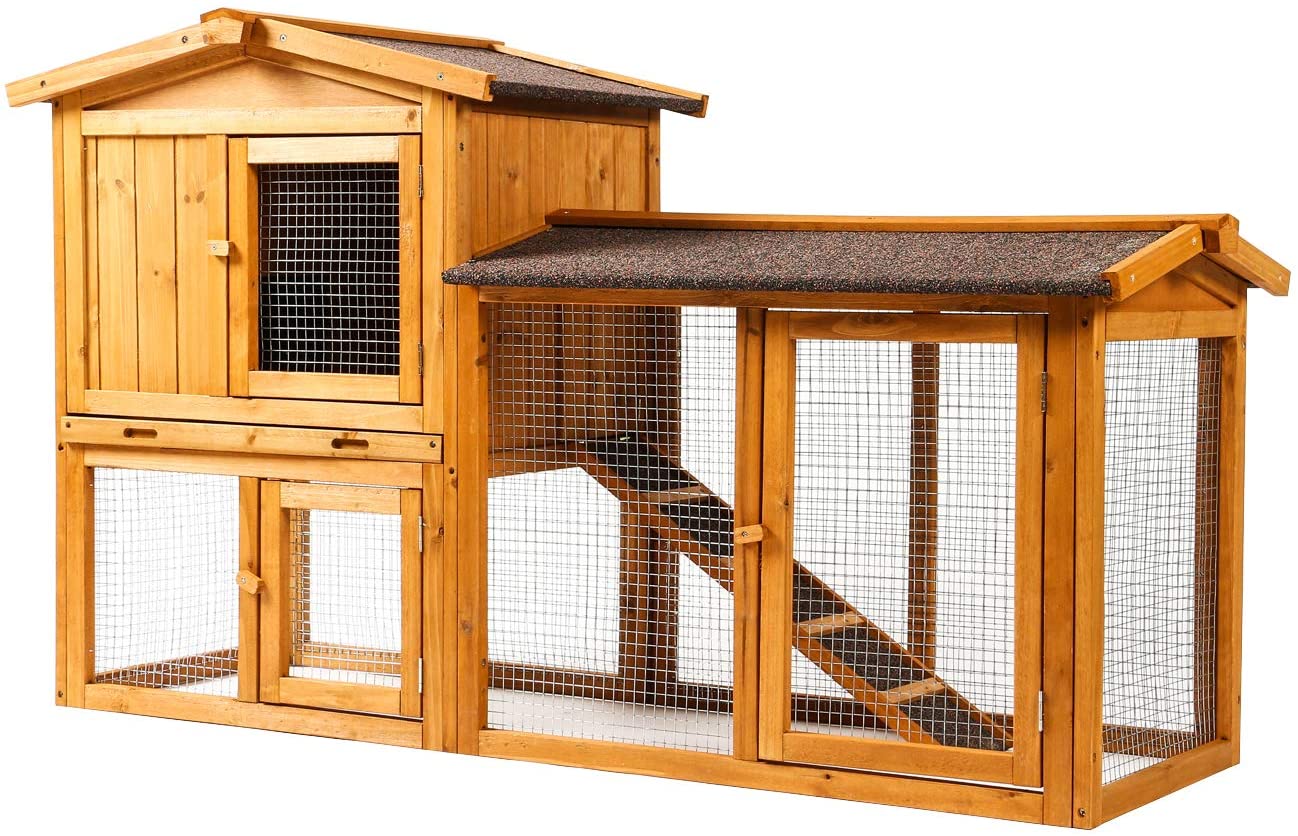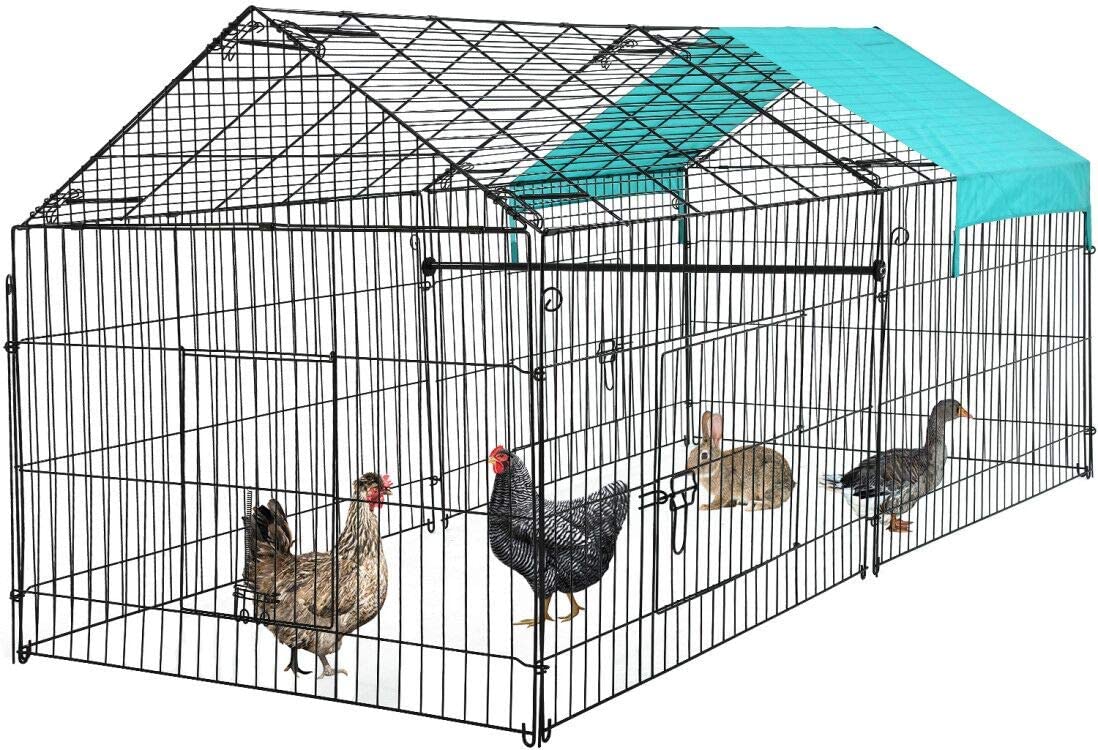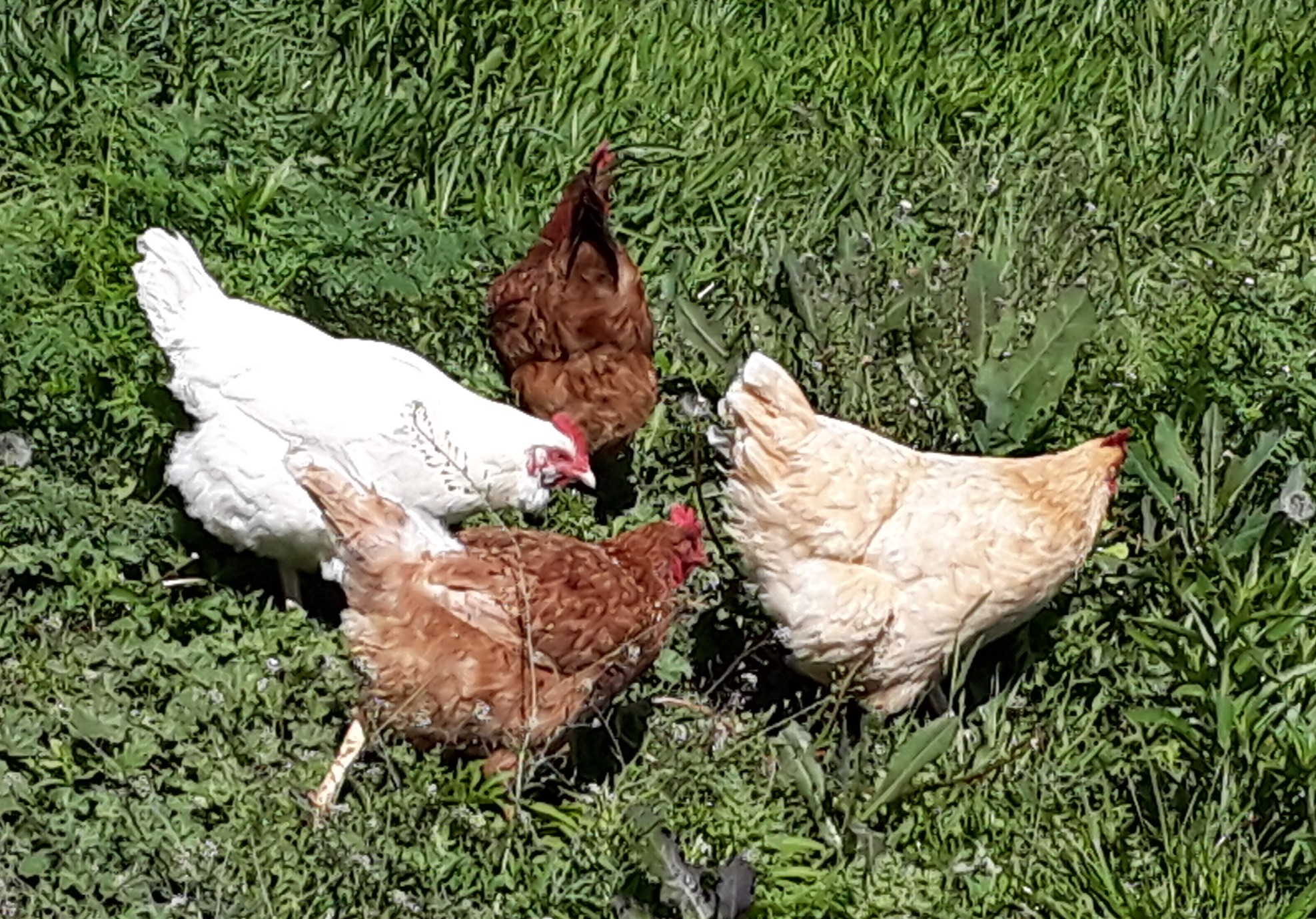 CHICKENS are relatively low maintenance and easy to care for. During WWII the government
CHICKENS are relatively low maintenance and easy to care for. During WWII the government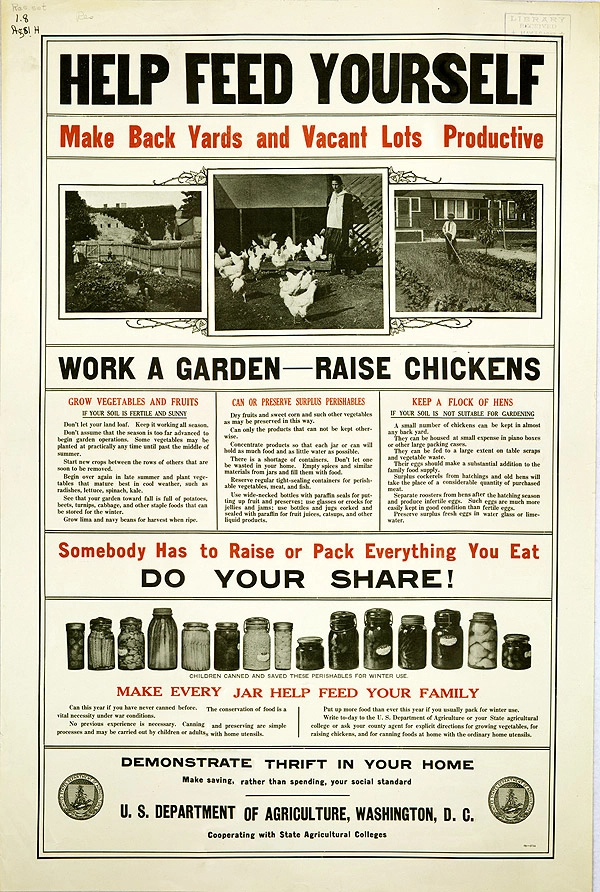 encouraged all households with yards, to acquire 2 chickens per household member to produce food to feed their families in times of food shortages. The concept also would enable people to sell their unused eggs to those who lived in apartments or didnt have the space available to raise chickens. Here are a couple images from that timeframe: Baby Chicks can easily be acquired at the local feed store, especially in early spring. Read about the different types of chickens so you can determine the breeds most suited for your needs. Different breeds lay different types of eggs. Some breeds lay eggs more often than others. These breeds are referred to as more "Prolific". Our favorite, is called the Isa Brown, is very prolific. They lay big brown eggs up to 312 days of the year. Here is an article about them with more specifics. That website is very informative about many breeds of chickens.
encouraged all households with yards, to acquire 2 chickens per household member to produce food to feed their families in times of food shortages. The concept also would enable people to sell their unused eggs to those who lived in apartments or didnt have the space available to raise chickens. Here are a couple images from that timeframe: Baby Chicks can easily be acquired at the local feed store, especially in early spring. Read about the different types of chickens so you can determine the breeds most suited for your needs. Different breeds lay different types of eggs. Some breeds lay eggs more often than others. These breeds are referred to as more "Prolific". Our favorite, is called the Isa Brown, is very prolific. They lay big brown eggs up to 312 days of the year. Here is an article about them with more specifics. That website is very informative about many breeds of chickens.
SOME OF YOUR chicks might not be feeling well when you get them home from the store. VetRX works ...
well for some respiratory infections and for most illnesses they acquire during shipping and rehoming. The link to VetRX is below. We use it for respiratory infections in all our poultry. The Probiotics shown below are also helpful with new baby poultry as they have likely had a hard few days with all the shipping and relocating at their young age. Remember, these babies are often shipped the day they are hatched. For proof of that, you will still find the "egg tooth" on their beaks when you buy them at the feed store. For reference - the egg tooth falls off before the baby is 4 days old but usually within 24 hours of hatching and sometimes as early as within 12 hours of hatching.
THE PRODUCTS necessary for caring for young chicks are low cost and readily available. See below for many of the products we recommend for your new chickens. Note: Depending on the enclosure size, a brooder is optional if you are using a heatlamp.
THE GENERAL RULE of thumb for using the heat lamp is as follows: if the chicks are huddled tigthtly together under it, the lamp may be hung to high. If they are lying away from it and away from each other, the lamp is likely hung to low.The chicks can then get under the brooder if they are cold, but will be able to roam freely about the enclosure if the heat lamp is efficiently heating the enclosure. A chicken coop heater may also be a safer alternative to the heat lamp.
ONCE THE CHICKS are about 6 weeks old, when the outside temperature remains steadily above 65 degrees, they can be transitioned from the brood area to a coop. Be aware that chickens are horrible bullies, so do not place them with the older chickens until they are fully feathered and at least 12 weeks old. Adult chickens will bully and peck them before that time. They dont call it "Pecking order" for nothing.
THERE ARE LOTS of mobile chicken coops for keeping younger chickens in, until they are ready to introduce to the older chickens or you can build a seperate pen.
HERE AT Right Choice Farms, we converted an old pig sty into 2 chicken pens and 1 Quail Pen. We also repurposed a rusted out stock tank as a quail brooder after we bought 50 tiny quail babies. That worked really well in our garage, until they were big enough to go out.
MOST YOUNG poultry varieties will require the same basic care. Below are some portable, semi portable chicken coops for your younger poultry.
69 Inch Chicken Coop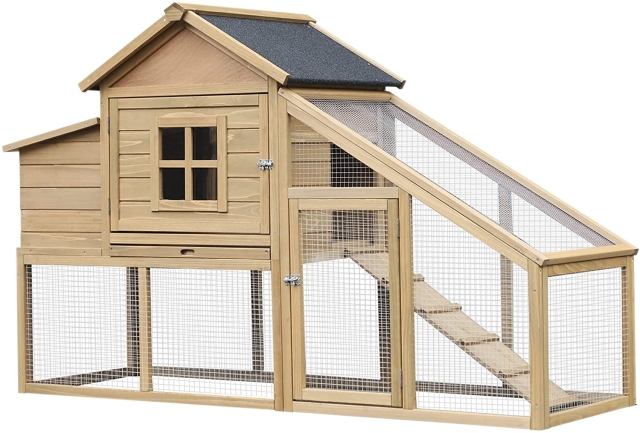 |
58 Inch Chicken Coop. |
87 x 41 inch Chicken Enclosure |
7 ft T-Post |
150 x 5 ft Hexagonal Chicken Wire |
Rabbit/Chicken Wire 4 x 100 ft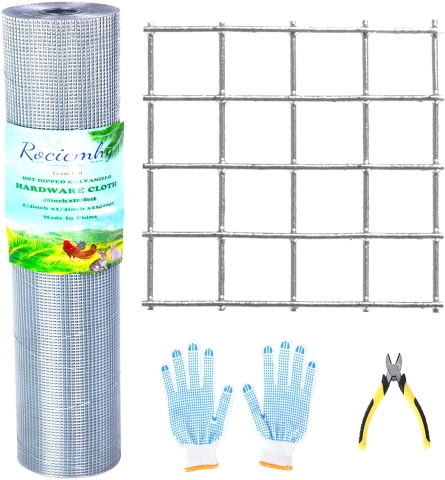 |
ONCE CHICKENS mature, there will be some differences in the way they should be cared for. as compared to other poultry breeds. Initially, animal husbandry will play a role in their care. Quail for instance, do not have the same territorial disputes as chickens. On average, there is a 1-2 quail hens for every 1 quail rooster, fighting is not common, it seems they pair off out of genuine affection. In a covey of 50, our little quail paired up nicely and have laid hundreds of eggs.
CHICKENS on the other hand, one rooster is plenty, or no rooster at all if you are in it just for the eggs. You can buy fertilized eggs if you have a hen that gets broody (sits on the eggs without getting up). And you'll want to do that for her because poor thing will sit on the nest for weeks and weeks waiting for her infertile eggs to hatch. We had one hen who sat on a nest of infertile eggs for almost 2 months. We finally bought some fertile eggs, swapped them out when she wasnt looking and she sat on them until they hatched. I think she would have sat there forever if they hadnt finally hatched or blown up.
SO, ONE rooster or no roosters, with chickens. With free range chickens, the rooster does serve a purpose in that he is on lookout every waking hour and often will sacrifice himself for the safety of his women. We lost our old rooster just 1 month ago to a marauding coyote, hence the biggest drawback to freerange!! RIP Fletcher, you were a good boy!





